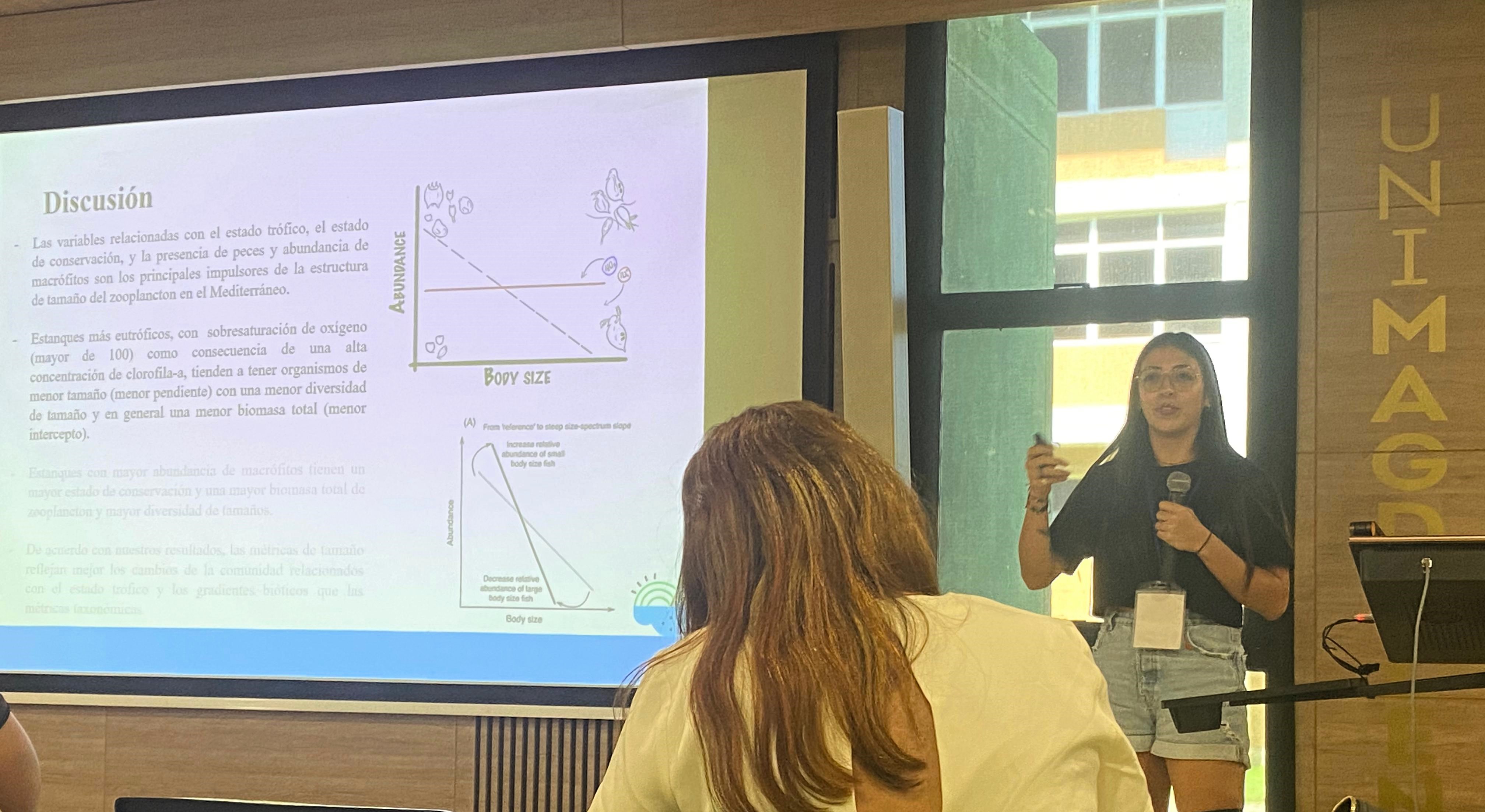Size-based approaches to understand impacts on river ecosystem functioning (SizeEcoFun)
#SizeEcoFun
2019-2022. SizeEcoFun: Size-based approaches to understand impacts on river ecosystem functioning. Funded by Spanish Ministry of Science and Technology (contract no. RTI2018-095363-B-I00). 54821.47 €. PI: Lluís Benejam / Sandra Brucet
Research Team: Dr A Badosa (UVic); Dr Àngels Leiva (UVic); Dr M Bartrons (UVic); Dr M Ordeix (CERM- UVic); Dr R Miranda (Universidad de Navarra)
Working plan members: CGC= Dr C García-Comas (UVic); FC= Dr F Casals (Universidad de Lleida); IA= Dr I Arranz (Concordia University); NN= N Nagar (UVic); SS= Serena Sgarzi (UVic)
Our main hypothesis is that the size structure of Mediterranean river communities responds systematically to environmental disturbances and that changes in size structure will reflect and affect river ecosystem functioning.
Specifically, we expect that:
1) Size spectrum in steady-state conditions (i.e., absence of major disturbances) will present
regularities that can be predicted by size-based models, as has been shown in near-pristine river ecosystems. We also expect to find some slight and predictable variability in size spectrum associated to natural changes along the altitudinal gradient of Iberian Mediterranean rivers.
2) Size spectrum parameters (e.g., slope, intercept, linearity) will respond to human impacts (i.e., non-steady state conditions) such as hydrological changes, eutrophication, invasive species, and fishing.
3) Changes in the size structure of river food web caused by human impacts will translate into
changes in ecosystem functioning. We will detect these changes on metabolic variables derived by the size-density relationships: community energy demand (CED), secondary production (CP), trophic transfer efficiency (TTE) and biomass turnover (P:B).
4) Results obtained from the analysis of the size spectrum parameters’ response to human impacts can be used to apply sustainable management decisions with respect to streams.







Deixeu un comentari